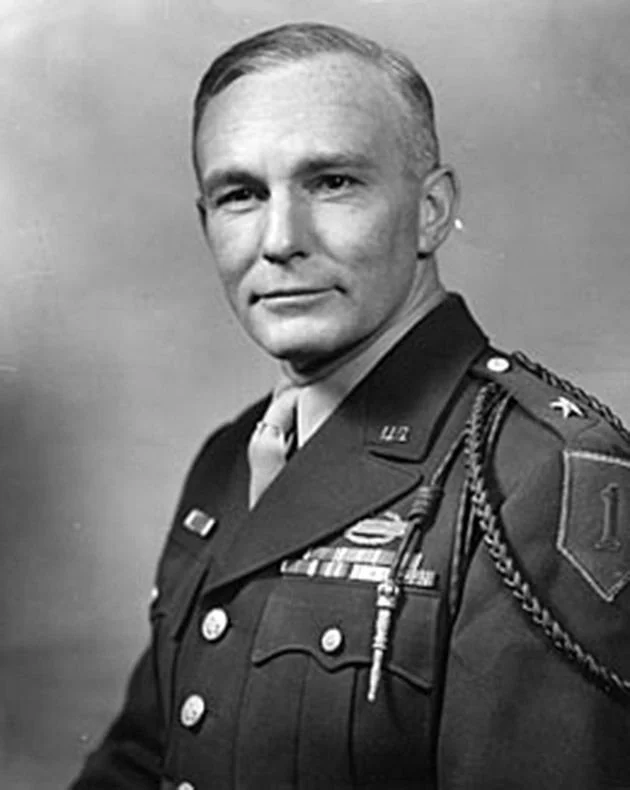While still at Tank 10, Capa said, “I finished my pictures and the sea was cold in my trousers. Reluctantly, I tried to move away from my steel pole, but the bullets chased me back every time. Fifty yards ahead of me, one of our half-burnt amphibious tanks stuck out of the water and offered me my next cover…” [emphasis added]
The Clan conclude that this refers to Tank 10, and argue that it clearly was not half-burnt. In fact, they say this was an outright lie, that Capa never went forward from Tank 10. But, analysis of his pictures tells us that he was already sheltering behind Tank 10, shooting his pictures. Capa probably spotted a different tank, perhaps one that is not in any of his frames, one that was “half-burnt.” Several histories of that morning attest to the fact that most of the tanks never made it to shore, and those that did drew heavy small arms and artillery fire from the Germans. It is entirely plausible that Capa spotted a half-burnt tank further toward shore. In a later post, I will present the account of an officer who observed him behind a tank.
Capa brought with him a raincoat, which Herrick postulates was to protect his camera gear,2 however he had a waterproof oilskin camera bag for that. Herrick further contends that it is preposterous that anyone would carry a raincoat with them during an amphibious assault, but apparently this was not uncommon.19
Nevertheless, Capa dropped his raincoat and made for the half-burnt tank. “Between floating bodies I reached it, paused for a few more pictures, and gathered my guts for the last jump to the beach.”
It is important to pause and address this comment from Slightly out of Focus. The Clan consistently maintain that the photographs show no evidence of floating dead bodies. They scoff at the idea. Setting aside the fact that such a determination based on the grainy, blurry, flat negatives would be difficult at best, exactly how many dead bodies would one expect to see on this sector of Omaha Beach on D-Day?
Robert Capa’s photograph of French fishermen looking at dead American soldiers on the beach at Normandy. Capa took this picture when he returned from England after delivering his D-Day film.
Casualty estimates from various sources for American forces on Omaha Beach on D-Day (not Airborne, Navy, etc) range between 2,000 and 2,400, with 770 killed in action (KIA). Omaha Beach is 6 miles long. That’s 128 KIA per mile, assuming an even distribution of dead up and down the beach. There are 1,760 yards in a mile, so assuming that all cadavers for that day were present on the beach or in the water during the time Capa was there (the Clan claim that he arrived after most of the killing), this yields one cadaver every 13.75 yards. Ambrose described, "The beach was jammed with the dead, the dying, the wounded, and the disorganized."20
The distribution of KIA would not have been even, of course. Bodies and matériel were carried long distances by the riptide. The Clan argue that this sector may have been less heavily defended with a lower average casualty rate than other stretches of Omaha, which would reduce the number of bodies. But even if true and contrary to eyewitness statements, it doesn’t reduce it to zero.
Dead soldiers being identified and sorted at Omaha Beach. Photograph by Martha Gelhorn.
Martha Gelhorn, married to Ernest Hemmingway, was the only female correspondent to cover the D-Day invasion, much to the chagrin of her husband. She defied direct orders and hid in the bathroom of a hospital ship to get to the beaches.
Herrick maintains that Capa arrived on Easy Red in the same LCVP with Colonel George Taylor, the commander of the 16th Infantry Regiment of the 1st Infantry Division. Herrick localized this to the 13th wave and claims they were under minimal fire because they arrived so late, after the heavy fighting.21 To the contrary, Taylor described arriving under machine-gun fire, wading through muddy pink water with floating bodies and body parts, to the beach where he found dead and wounded men along the waterline. Private Warren Rulien confirmed that the colonel arrived under machine-gun fire. Official records confirm this.22
George A. Taylor, Commander of the 16th Regimental Combat Team of the First Infantry Division (Big Red One).
The regimental surgeon, Charles Tegtmeyer, who arrived with Taylor, tripped over a body, they were so thick.23 Major Tegtmeyer's citation for the Distinguished Service Cross reads, "When Major Tegtmeyer landed with his Medical Section, the assaulting troops were still pinned down on a narrow beachhead. Due to the devastating fire of the enemy, numerous casualties had been sustained. With complete disregard for his own safety, Major Tegtmeyer covered the length of the beach, administering aid to the wounded lying all along the shore."24
The insistence by Team Coleman that Capa neither was under intense fire, nor could have seen and photographed the corpses of many soldiers, simply does not comport with the record. They dismiss Capa’s description of his experience to just another of his tall tales.
For this next jump, Capa described crossing 25 yards from the half-burnt tank to the beach, further evidence that this was not Tank 10, because his pictures tell us that Tank 10 was 50 yards from the beach, twice the distance.
Overall, Capa’s estimation of the distances he covered correlates quite well with the distances I calculated based on his photographs.
19. Ambrose, p. 307
20. ibid., p. 339
21. Herrick, p.108
22. https://warchronicle.com/16th-infantry-situation-on-d-day/
23. https://www.politico.com/magazine/story/2014/06/the-man-who-took-omaha-beach-107509/
24. https://valor.militarytimes.com/recipient/recipient-22728/recipient-22728-2dsc-1/




